Hãng sản xuất: PCE - ANH
Model: PCE-CT 26FN
Chỉ tiêu phân tích:
Ứng dụng:
Phạm vi giao hàng: 1 x Automotive meter 1 x Set of calibration standards 1 x Ferric (Fe) base plate 1 x Non-ferric (NFe) base plate 2 x Batteries 1.5 V, type AAA 1 x Carrying case 1 x User Manual
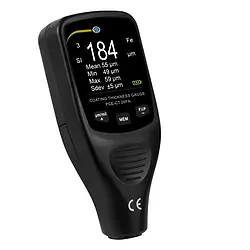
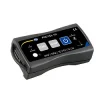
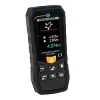
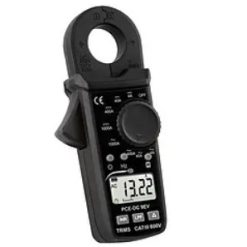
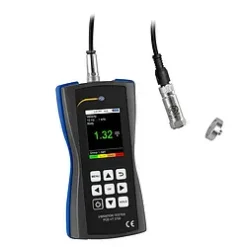
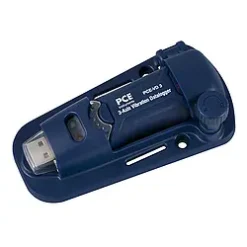
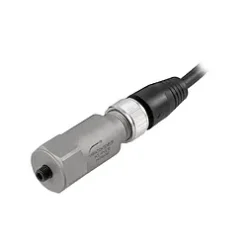
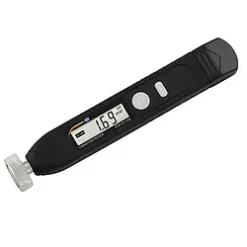
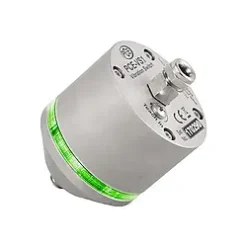
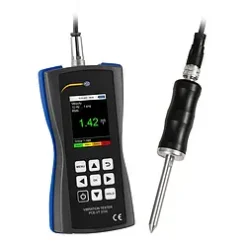

Đánh giá
Chưa có đánh giá nào.